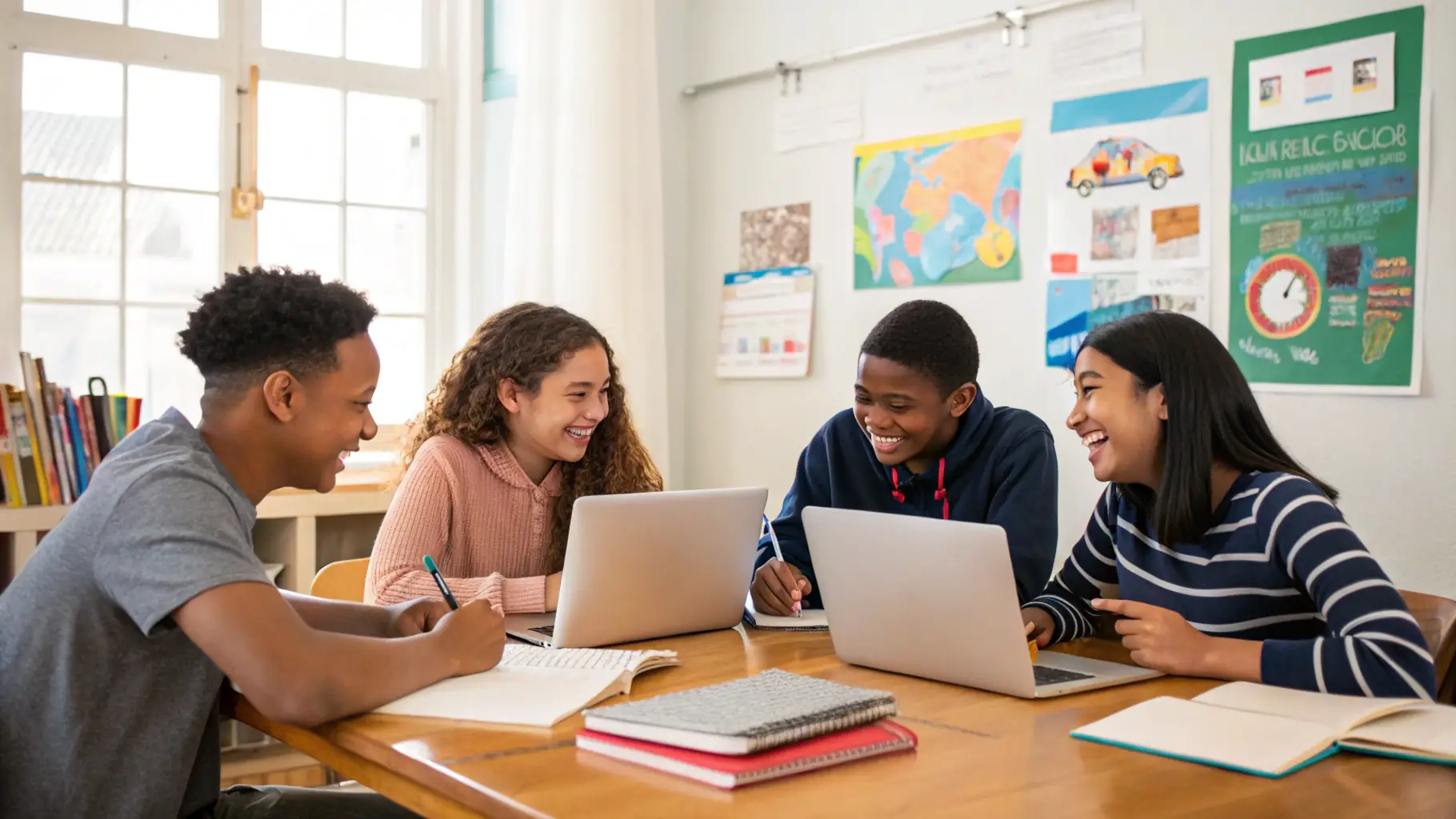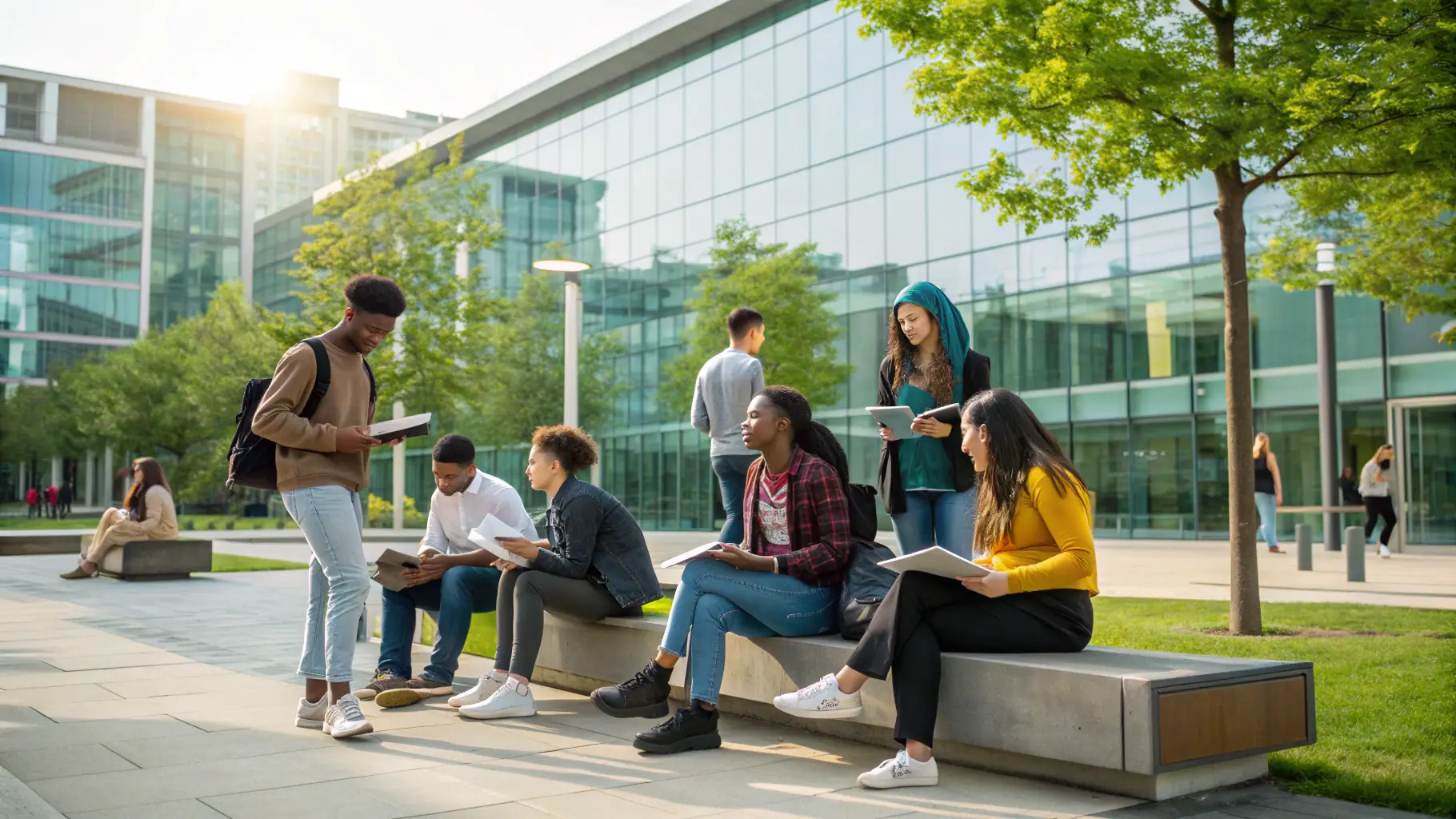The digital age has revolutionized the way we learn and teach, presenting educators with new opportunities to engage students and enhance learning outcomes. Traditional lecture-based approaches are giving way to more interactive and student-centered methodologies that leverage technology to create dynamic and immersive learning experiences. These innovative approaches include blended learning, flipped classrooms, and project-based learning, which encourage students to take ownership of their learning and develop critical thinking skills. By incorporating technology into the classroom, educators can create a more personalized and engaging learning environment that caters to the diverse needs of students.
One of the key benefits of these methodologies is their ability to foster collaboration and communication among students. Online discussion forums, collaborative writing tools, and virtual group projects provide opportunities for students to interact with their peers, share ideas, and learn from each other. This collaborative learning environment not only enhances students’ understanding of the subject matter but also develops their teamwork and communication skills, which are essential for success in the modern workplace. Furthermore, technology can be used to provide students with personalized feedback and support, helping them to identify their strengths and weaknesses and improve their performance.
However, it is important to note that technology is just a tool, and its effectiveness depends on how it is used. Educators need to carefully consider the pedagogical principles underlying these methodologies and ensure that technology is used in a way that enhances learning, rather than simply replacing traditional teaching methods. By embracing innovation and experimentation, educators can create a more engaging and effective learning environment that prepares students for the challenges and opportunities of the 21st century.



